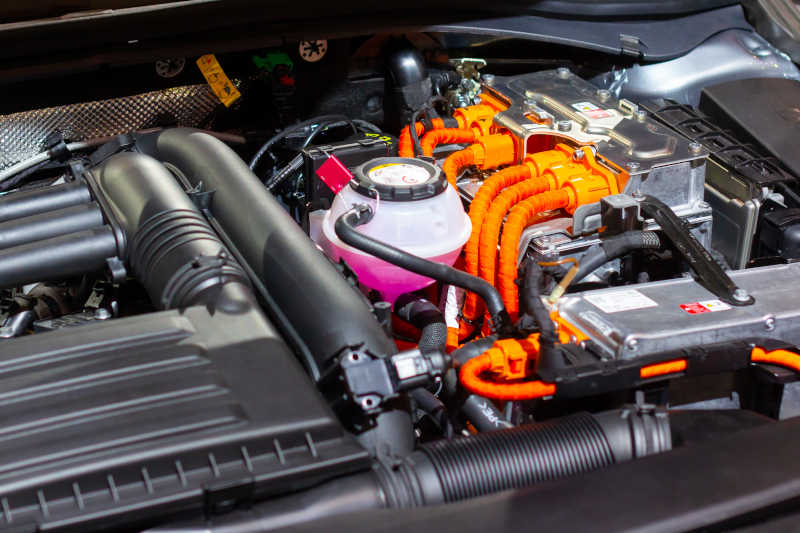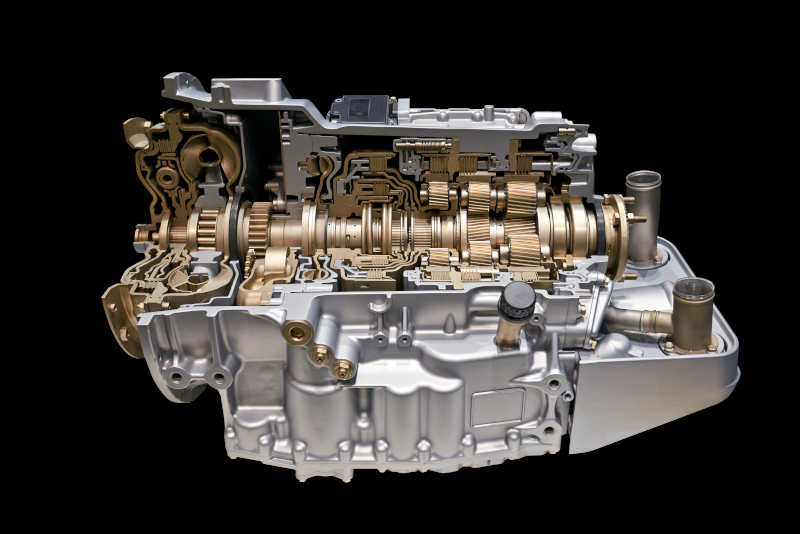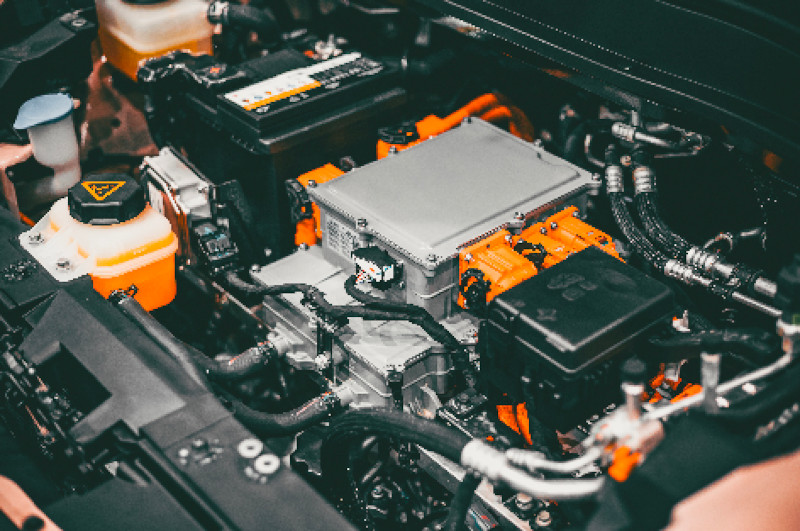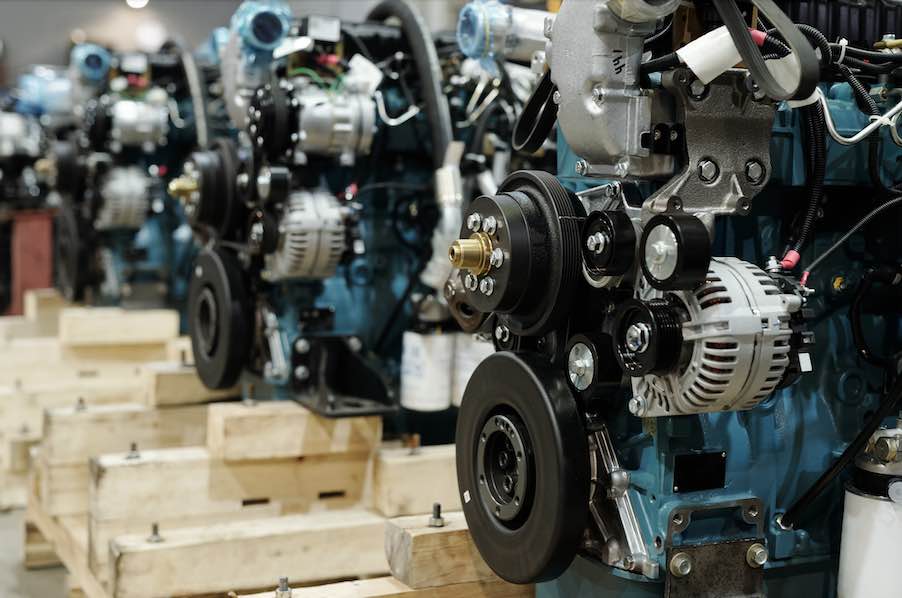The shipping process of hybrid powertrains presents unique challenges that must be meticulously addressed to ensure the safety and integrity of the components. Hybrid powertrains consist of complex systems, including the engine, transmission, and battery, all of which require specialized handling and protection during transportation. What are the practices for safeguarding these crucial elements and ensuring that hybrid powertrains reach their destination in optimal condition?
Understanding the Components
Engine
The engine in a hybrid powertrain operates in conjunction with an electric motor to provide enhanced fuel efficiency and performance. It is essential to protect the engine from physical damage, contamination, and environmental factors such as temperature fluctuations, corrosion, and humidity during the shipping process.
Transmission
The transmission in a hybrid powertrain must seamlessly integrate the power output from both the internal combustion engine and the electric motor. Proper handling and protection are crucial to prevent mechanical damage, corrosion, and other issues that can compromise its functionality.
Battery
The battery is a critical component of a hybrid powertrain, storing and supplying electrical energy to the electric motor. Due to its sensitivity to physical shocks, temperature variations, and moisture, the battery requires specialized packaging and handling to ensure its safety during shipping. Extra care must be taken to prevent leaking in the shipping process.
Best Practices for Protecting Hybrid Powertrains
1. Robust Packaging Solutions
Investing in robust packaging solutions is paramount for protecting hybrid powertrains during shipping. Custom-designed crates and containers with protective padding can absorb shocks and vibrations, reducing the risk of mechanical damage to the engine, transmission, and battery. Using materials such as foam inserts, cushioning pads, and rigid supports ensures that the components remain secure and well-protected throughout the journey.
To further enhance the protection of hybrid powertrains, custom-engineered crates are designed with reinforced metal frames, multi-layered shock-absorbing materials, and high-strength polymer panels to withstand the rigors of transportation. These crates often include internal load-bearing structures that distribute weight evenly, preventing stress points that could lead to component damage.
2. Climate Control Measures
Temperature fluctuations and humidity can significantly impact the integrity of hybrid powertrain components, particularly the battery. Implementing climate control measures, such as insulated containers and humidity control packs, helps maintain a stable environment. Monitoring devices can also be used to track temperature and humidity levels, providing real-time data to ensure that the conditions remain within safe parameters.
We utilize white plastic corrugated in high-temperature environments, such as in Mexico, to enhance the durability and performance of our packaging solutions. This material helps prevent the warping of plastic components and ensures the packaging itself remains intact and reliable, even under extreme heat conditions.
3. Sealing and Contamination Prevention
Contaminants such as dust, dirt, and moisture can cause significant damage to hybrid powertrain components. In particular, salt in the area during overseas shipments is highly corrosive. Ensuring that all parts are adequately sealed and protected from external elements is crucial. Using sealed bags, desiccant packs, corrosion inhibitors, and urethane material resistant to dusting and cutting can prevent contamination and corrosion, preserving the components’ functionality and longevity.
4. Secure Handling and Transportation
Proper handling and secure transportation are essential to prevent physical damage to hybrid powertrain components. Training personnel on correct handling procedures, including lifting, loading, and unloading techniques, minimizes the risk of accidental damage. Additionally, using specialized handling equipment, such as forklifts with padded forks and pallet jacks designed for delicate items, further ensures safe transportation.
5. Comprehensive Inspection and Testing
Before shipping hybrid powertrains, conducting thorough inspections and testing is essential to identify any potential issues that could be exacerbated during transit. Implementing a pre-shipment checklist ensures that all necessary steps are taken to safeguard the components.
6. Custom Crating and Palletizing
Creating custom crates and pallets designed explicitly for hybrid powertrain components ensures a snug fit and reduces the risk of movement during transit. Using shock-absorbing materials and securing the components with straps, braces, and locks provides additional protection. Labeling the crates with handling instructions and warnings helps inform shipping personnel of the care required.
Special Considerations for Battery Protection
1. Thermal Management
Batteries in hybrid powertrains are sensitive to temperature variations. Implementing thermal management solutions, such as insulated packaging and temperature-regulating materials, helps maintain a stable environment. Using phase change materials (PCMs) can absorb and release heat, preventing temperature extremes and protecting the battery from thermal damage. Self-extinguishing materials for defective, damaged returns (DDR) packaging are used as needed to protect or mitigate the risk of fires in thermal runaway conditions with lithium-ion batteries.
2. Shock and Vibration Protection
Batteries are particularly vulnerable to physical shocks and vibrations. Using shock-absorbing materials, such as gel packs and foam inserts, within the packaging reduces the impact of external forces. Ensuring that the battery is securely fastened and immobilized within the container prevents movement and potential damage during transit. It’s also critical to properly determine the amount of surface area required to support the product.
3. Electrical Isolation
Preventing electrical short circuits and ensuring the battery remains isolated from other components is critical. Using non-conductive materials, such as plastic barriers and rubber gaskets, within the packaging prevents accidental electrical contact. Additionally, ensuring that the battery terminals are covered and protected reduces the risk of electrical incidents. We use antistatic foams or base materials to ground out components and avoid potential damage to sensitive electronics.
Hybrid Powertrains and Safety in Shipping
Protecting hybrid powertrains during the shipping process is a multifaceted task that requires meticulous planning and execution. Embracing innovative solutions and staying informed about the latest advancements in protective measures will help maintain the integrity of hybrid powertrains, contributing to their reliability and performance in the automotive industry.
PCD specializes in innovative, custom packaging design and has experience working with manufacturers across several industry sectors, including hybrid manufacturers. Learn more about our services and contact us.





